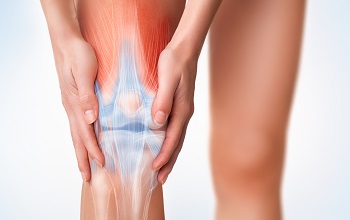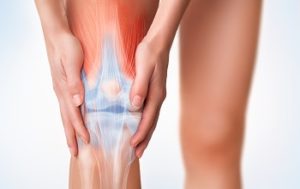
Alkaptonuria
Alkaptonuria. All about the Alkaptonuria
All about the Alkaptonuria. Alkaptonuria is a rare disease of genetic origin. It is caused by an enzymatic deficiency in homogentisic acid oxidase or HGO. This anomaly causes an incomplete degradation. It therefore leads to the accumulation of certain amino acids, the basic constituents of proteins. It results in a dark coloration of the urine and joint pain. The presence of homogenous acid in the urine allows the diagnosis to be evoked and then confirmed by genetic tests. Currently, no treatment is able to cure alkaptonuria. To join us just click here
Definition and symptoms. All about the Alkaptonuria
What is alkaptonuria?
Alkaptonuria is very rare, affecting only 1 to 9 individuals in 1 million.
This disease, of genetic origin, is the result of a malfunction of an enzyme in the body involved in the metabolism of tyrosine and phenylalanine, amino acids: homogenous acid oxidase or HGO.
Because of the lack or malfunction of this enzyme, homogentisic acid is not used and accumulates in the body. Part of it is eliminated in the urine, which explains its characteristic color in patients. But the other part remains, is deposited in the tissues and becomes toxic to the body. Patients with alkaptonuria accumulate almost 2000 times more homogentisic acid than a healthy individual. Ochronosis occurs when tissues, such as connective tissue, bones, cartilage and skin, turn dark blue due to homogentisic acid deposits.
As a reminder, a chromosome is a microscopic element made of DNA molecules. It contains the genes, which are the carriers of the genetic information that can be transmitted to the descendants. Chromosomes come in pairs. Every healthy individual has 23 pairs of chromosomes. Pair 23 contains the sex chromosomes which determine the sex of the individual who carries them: XX in a woman, and XY in a man. Finally, the chromosomes of the same pair are identical, in other words, they carry the same genes. Thus, there is not one version of the same gene, but two, called an allele.
Alkaptonuria is an « autosomal recessive » disease. All about the Alkaptonuria
The term autosomal means that the gene involved is not carried by a sex chromosome, but by one of the other 22 pairs of chromosomes. Thus, both sexes are equally affected by the disease.
Recessive transmission occurs when the genetic abnormality responsible for the disease affects both copies of the gene involved. In other words, an individual can carry the abnormality (in one of the two copies of the gene) without it being expressed. The disease only manifests itself when both copies are abnormal. Thus, a carrier individual risks transmitting the disease to his descendants if his partner is also a carrier of the anomaly.
What are the symptoms? All about the Alkaptonuria
In many cases, alkaptonuria is an asymptomatic condition until adulthood, although dark coloration of the urine may be visible as early as childhood.
From the twenties onwards, musculoskeletal symptoms may appear: pain and stiffness in the back. Later on, large joint damage may be associated and require surgical treatment. This is called arthropathy.
Joint mobility is usually reduced. Ankylosis may also be present, as well as cardiac problems.
Finally, skin pigmentation may be observed after the age of 30.
Diagnosis and treatment. All about the Alkaptonuria
What is the diagnosis?
The diagnosis of alkaptonuria is based on the identification of homogentisic acid in the urine. Genetic testing confirms the diagnosis by identifying the mutation in the HGD gene involved in the disease.
What is the treatment?
There is no cure for this disease. Several approaches with vitamin C, for example, have been studied without much success.
Management is multidisciplinary and aims to reduce the risk of joint and cardiovascular complications and to relieve the symptoms present.
For older patients, spinal, hip or knee surgery may be necessary.

